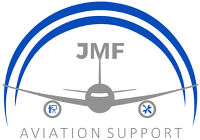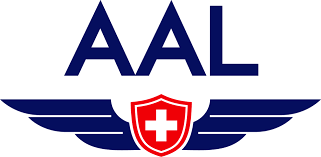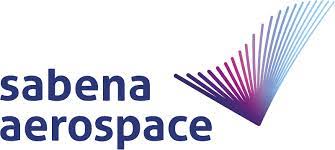Boeing 737-300/400/500 (CFM56-3) – practical training for differences between B737 NG and B737 CL for category B1.1 & B2
- The date of the training to be agreed
- 1 day
Practical training in the scope of familiarization with differences between BOEING 737-300/400/500 (CFM56-3) vs BOEING 737-600/700/800/900 (CFM56-7) equipment and construction, at the level required for aircraft type entry in category B1.1 i B2 to Part-66 licence, according to Part-66 Appendix III.






































































































































